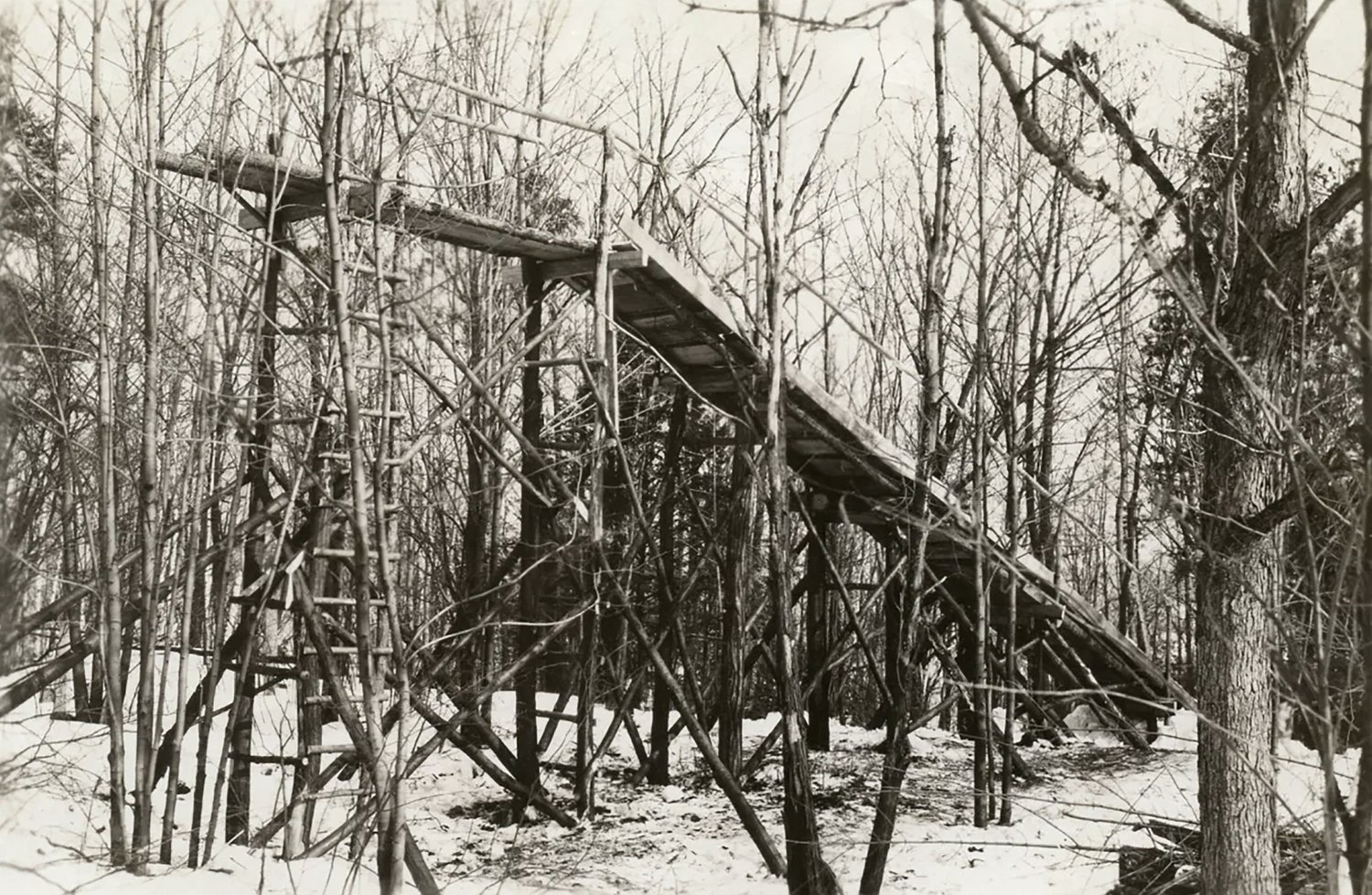Let's.
Monopolistic practices in the broader economy should certainly be addressed and remedied. This doesn't diminish the importance of halting anticompetitive practices as they relate to ski instruction. A single issue can catalyze wider reforms.
It's simply untrue that ski resorts "mostly started in the East where there are few resorts on USFS lands." In fact, almost all the earliest resorts started in the Intermountain and West regions:
Howelsen Hill, Colorado (1915)
Sun Valley, Idaho (1936)
Alta, Utah (1938)
Sugar Bowl, California (1939)
The only one of the first five resorts that was actually in the East was Stowe (1937), contradicting the entire premise.
Moreover, Howelsen, Alta, and Sugar Bowl were all established on public lands. Stowe is particularly interesting, as it was built on private land but with public funding through the Civilian Conservation Corps under New Deal legislation. This highlights the industry's reliance from the outset on public money as well as land, both of which should benefit not just powerful corporate interests but the public too.
Obviously, compared to today's resorts the earliest ski areas were vastly different: for one thing, they primarily focused on providing transportation up the mountain, with ski instruction being separate and largely independent. This model aligns well with traditional American free-market principles, where competition and individual enterprise are respected and valued, along with the freedom that constitutes skiing’s very heart.
Much later, the PSIA's formation in 1961 by ski area managers and owners represents a radical departure from the earlier free-market model. Created by employers to oversee the fledgling profession, the entire arrangement raises questions about PSIA's impact on competition and the autonomy of individual ski instructors.
Contrary to any implication that unrelated services like ski instruction and overpriced food naturally go together and somehow sprung spontaneously out of past "history and culture," the industry’s current structure essentially abandons its true past. (Some skiers still long for the old brownbag days, when parking the RV or even skinning uphill was perfectly all right.) Indeed, modern resort skiing resulted out of deliberate and often anticompetitive choices by industry stakeholders. These choices run counter to skiing’s spirit of freedom and individual autonomy, as well as the American ideal of a free market driven by competition and entrepreneurship. As I've pointed out elsewhere, such developments prioritize the interests of resort owners and managers over those of individual professionals and the public.
The USFS continually reviews and often changes its land use practices in relation to ski resorts. The agency's mandate to manage public lands for multiple uses, including recreation, conservation, and resource management, requires ongoing evaluation and adaptation of its policies and practices. As a volunteer ranger working with Heavenly and the USFS, we gained insights from scientists, resort administrators, and USFS officials who emphasized the need to adapt to demographic changes and manage four-season activities in order to balance priorities: improving land use, minimizing environmental impacts, and ensuring public safety. Recent fires and the evolving wildland-urban interface (the transition zone between wilderness and human development) require constant oversight. With USFS urging, among other things Heavenly has worked to lessen the effects of effluent running down the mountain and into Lake Tahoe. Even seemingly minor changes, such as removing trees, can require permission from the agency.
Ski resorts evolve and expand, requiring extensive USFS review and approval: public comment is required and always considered. In 2018, Vail Resorts announced a plan to expand its terrain at its original Colorado location. Strong opposition from environmental groups and local residents prompted a USFS environmental impact assessment. Ultimately, in 2019, Vail gave up. Changing public attitudes and protest—even by a small minority of vocal but persistent citizens—profoundly influence such decisions.
It's never too late to remedy past wrongs. There's a whole new generation of skiers and teachers, and they don't have to be victims of a dysfunctional system. History is full of tragedy but also filled with wrongs righted, sometimes after years of wrongdoing. Triumph happens, but not with pessimism and false clairvoyance bolstered by misstatements of fact. We deserve better.
In short: "It's not gonna change" is an utterly ahistorical fallacy that time invariably disproves.
